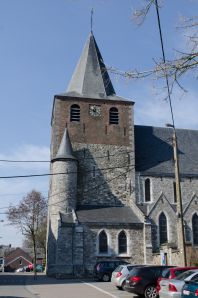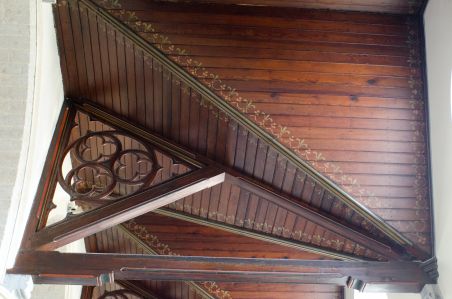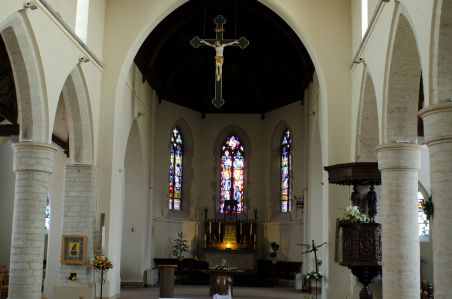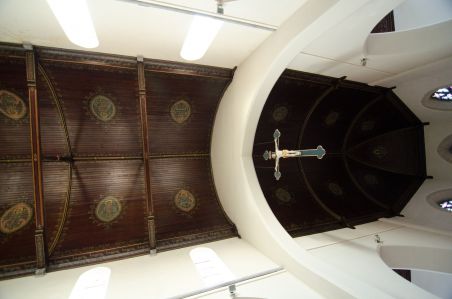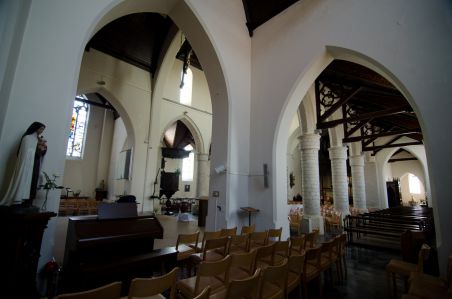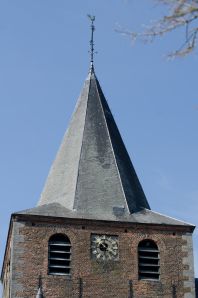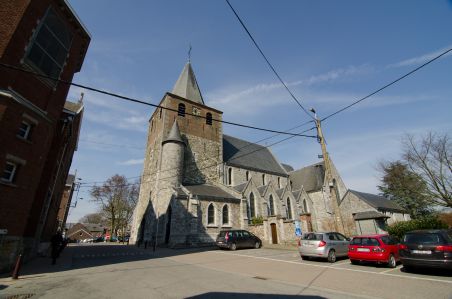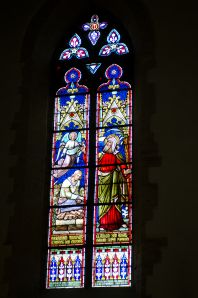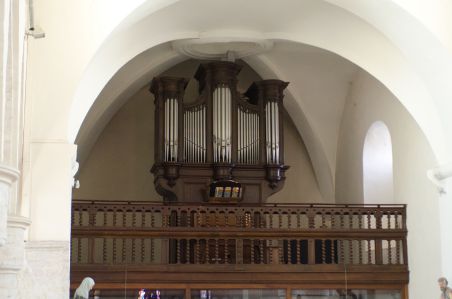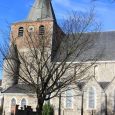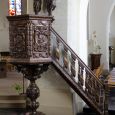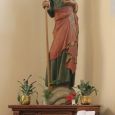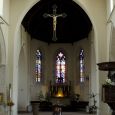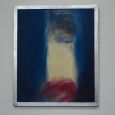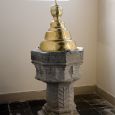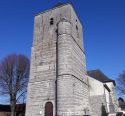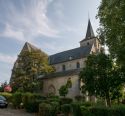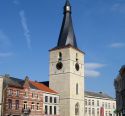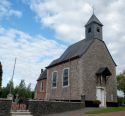Church | 1331 | Neogothic | Catholic Church



Map
Opening hours
01 January - 31 December
Mon 10.30 - 12.30
Tue 10.30 - 12.30
Wed 10.30 - 12.30 • 14.00 - 16.00
Thu 10.30 - 12.30
Fri 13.00 - 16.30
Sat -
Sun 9.30 - 12.00
Religious offices
Sunday : 10.30 am
Description
Set in the heart of the town, this fine stone church, which was rebuilt in 1661 and again in 1733, is noticeable from the outside for its squat tower. The interior was renovated at the end of the 19th century by the Ghent architect, Van Assche.
Several items are worth a closer look. Firstly the large statue in polychrome wood of Christopher, the patron saint of the parish. It stands an imposing 3m50 and is sculpted from one piece. The original Gothic choir is listed. Noteworthy also are the baptismal fonts and the pulpit (1688).
A contemporary composition of 1996 replaces the traditional doleful Way of the Cross by an original and welcome "Way of Life" depicting key moments in the life of Jesus. It is a work by Costa Lefkochir.
Photos
Remarkable elements
The square tower
A plan of the church from 1715 shows that the tower was completely rebuilt in 1733. It consists of three levels: the ground and first floor are a mixture of Gobertange stone, sandstone and limestone. These two floors are limited by angle harps in shelly limestone. The top floor is in brick. An octagonal spire tops everything. The clock with three gilded faces dates from 1928.
The pulpit
.Jacques Malcorps donated the Baroque pulpit in oak in 1688. The baluster foot supports brackets in the shape of chubby cherubim. On the sculpted panels enclosing the hexagonal pulpit are medallions depicting the four evangelists identified by their symbols. The sounding board is supported by St Peter and St Paul sculpted in the round. It was renewed in the mid 18th century in regency style.
Statue of Saint Christopher
This statue is one of the major works of our region’s religious heritage. Its style reflects the mannerism of the Gothic sculpture of the Meuse in the years 1330-1340.
The elongated and emaciated face with its stern expression together with to the enormous height of the statue (3m96) gives the work a particularly impressionist character.
The church choir
The choir, probably 16th or early 17th century, enclosed by an apse with three folds, is composed of Gobertange stone, quartzite sandstone and flint masonry. The tracery of the bays dates from the restoration by Auguste Van Assche from 1878 to 1880.
The path of life
he path of life dates from 1996 and is the work of the artist Costa Lefkochir. It replaced the Neo-classic Way of the Cross of 1869, which is preserved in the presbytery. These twelve moments in the life of Jesus were installed and presented on October 18, 1996.



